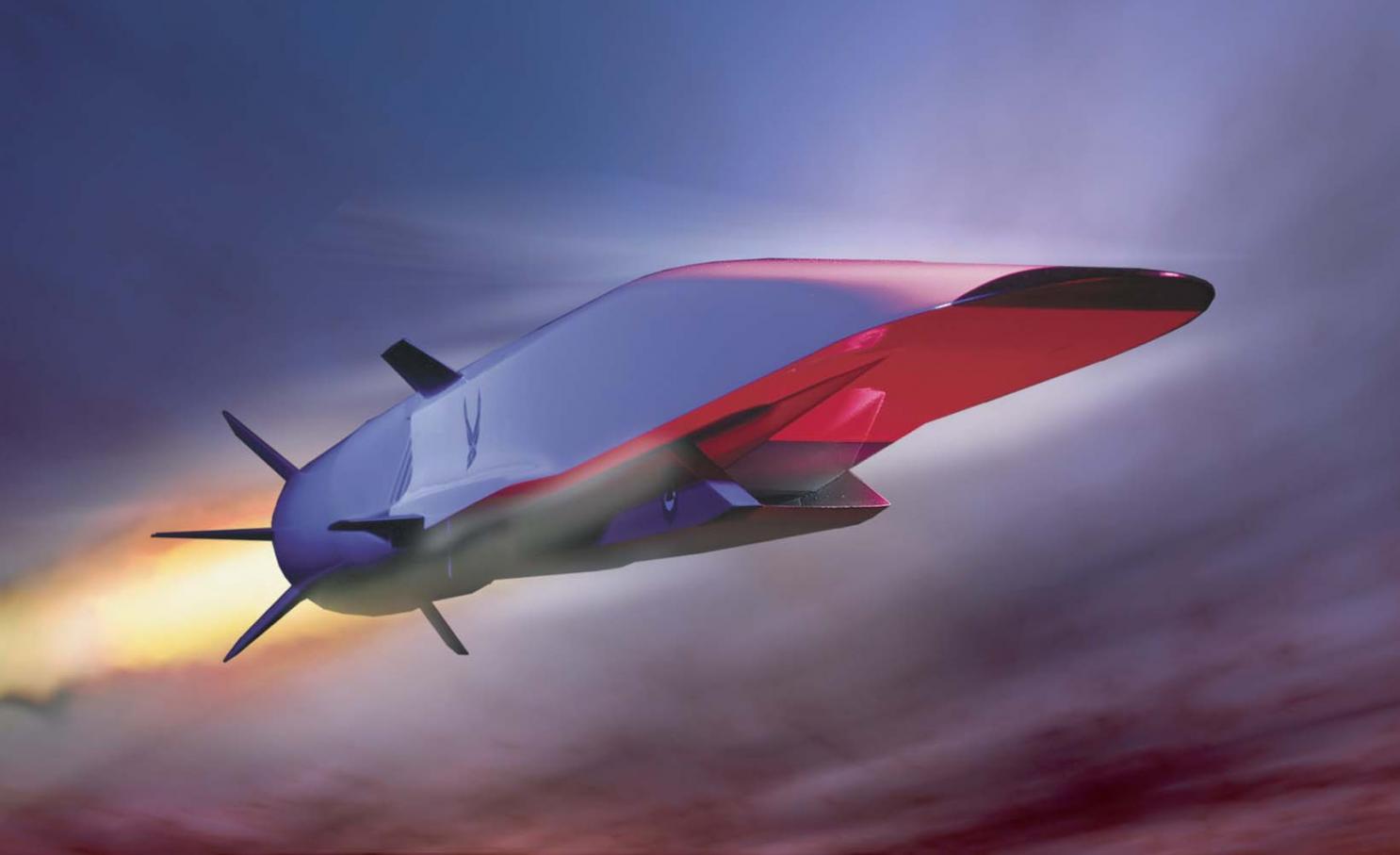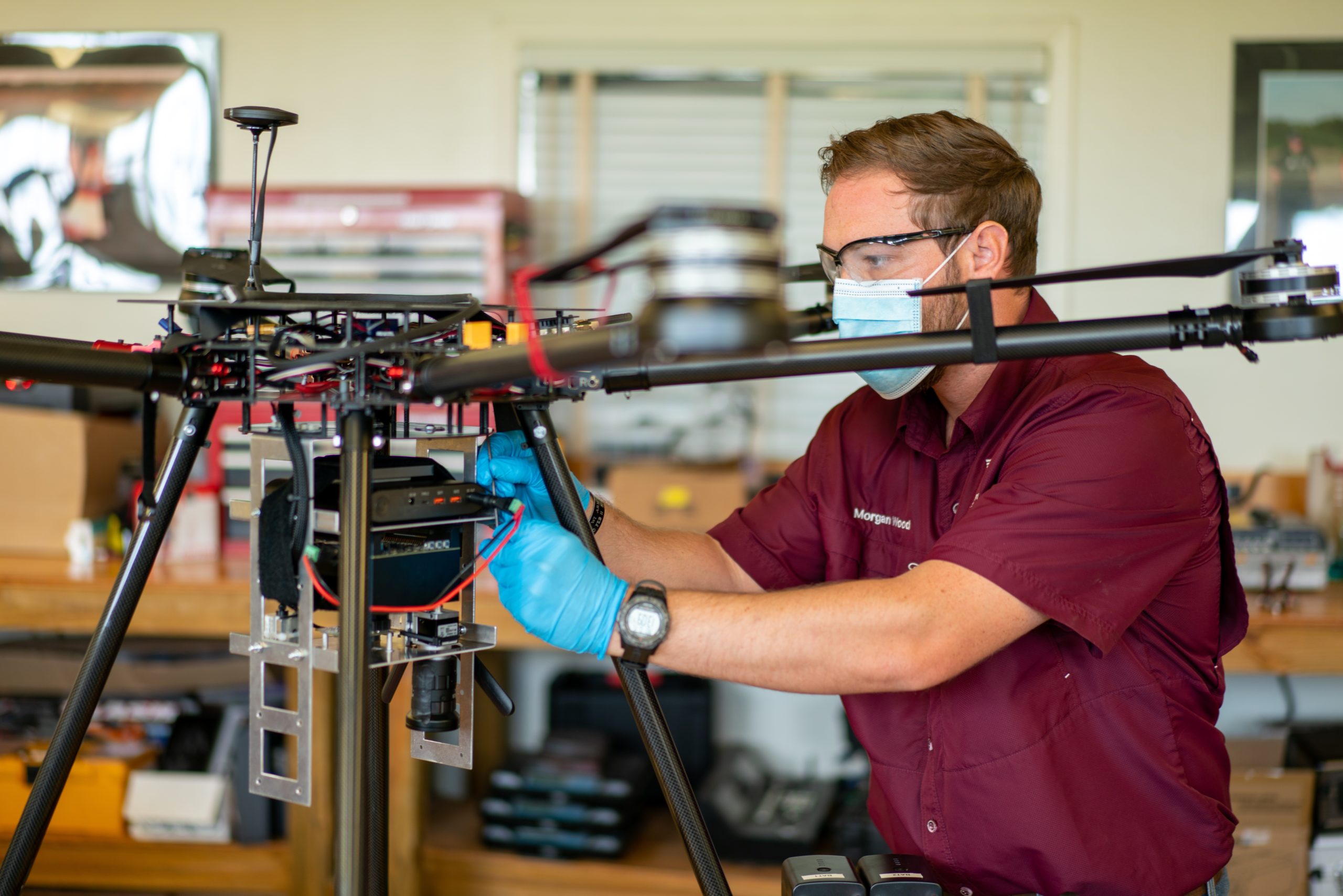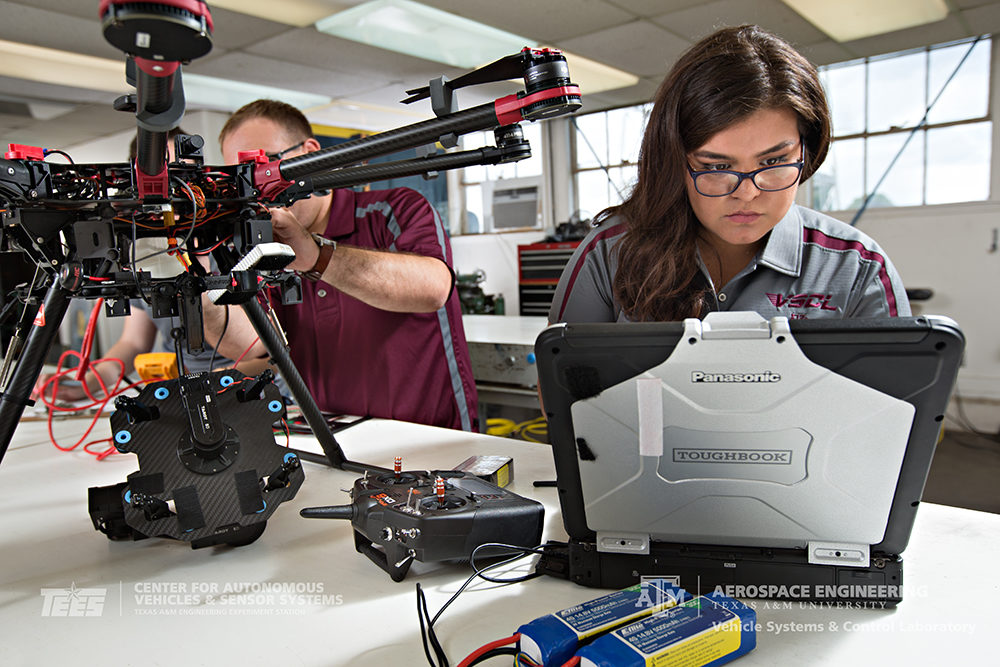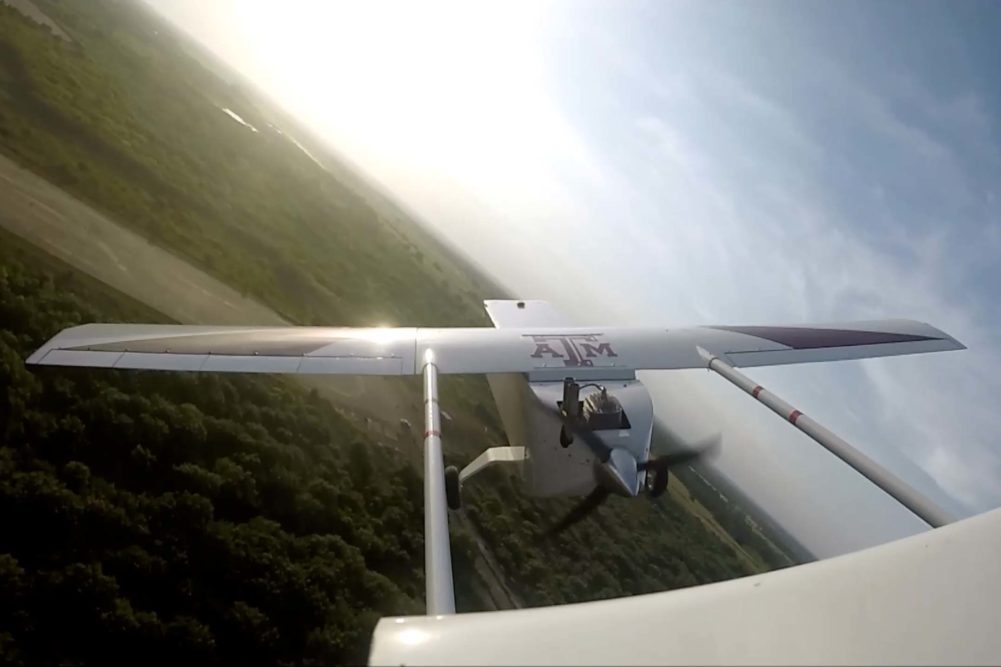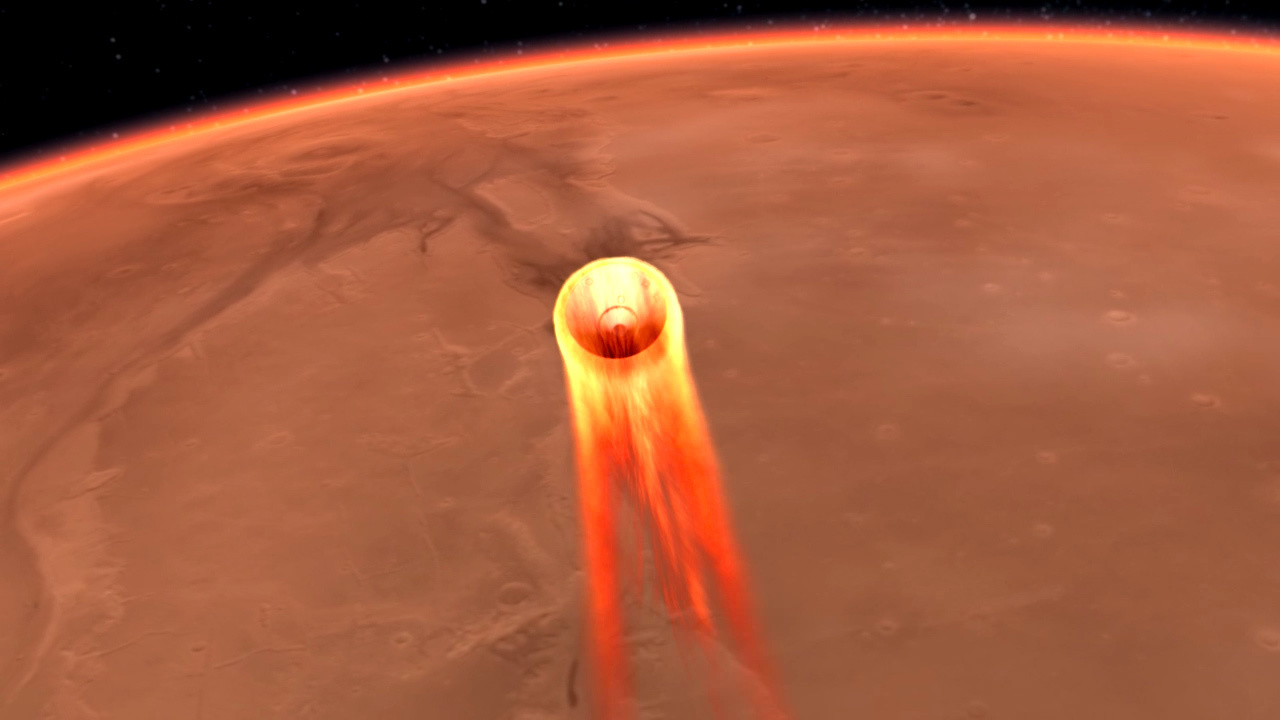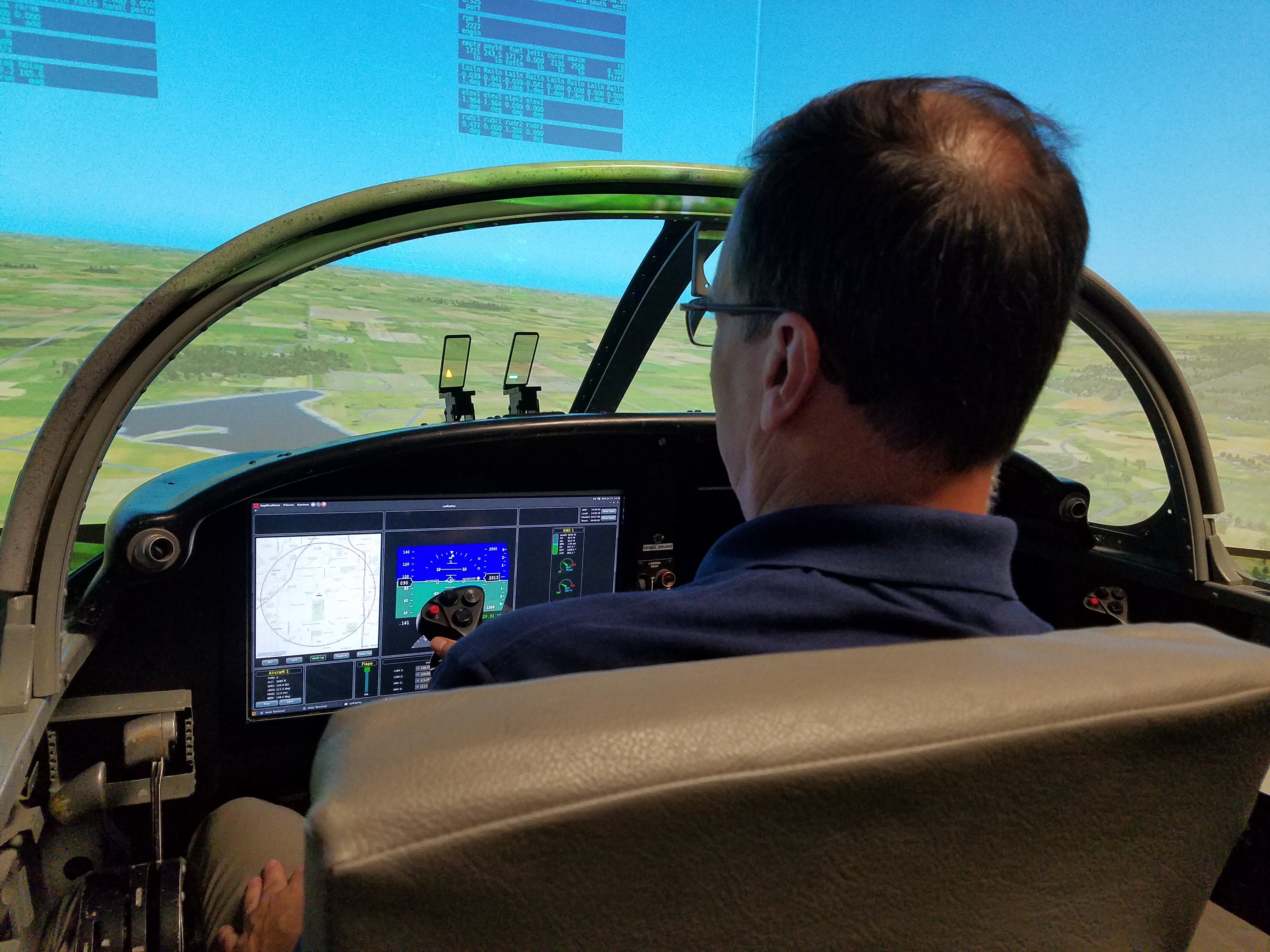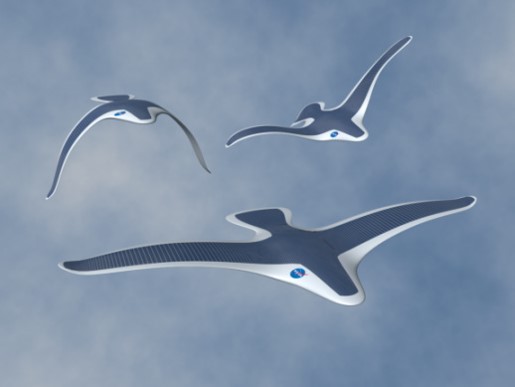Air Force Research Laboratory, Sub-Contract Through University of Washington – Seattle
1 January 2014 – 31 December 2015
Co-P.I. Dr. Thomas W. Stragnac
Total award $150,000
The Air Force Research Laboratory is interested in strengthening airplane design education by posing students and faculty with problems of interest to the Air Force that are in the public domain. It is expected that a few key ideas about strengthening aircraft design education by adding elements of realism, hands-on experience, and response to challenges that reflect real issues the technology struggles with. The focus will be on developing design and analysis methods and tools for a tailless supersonic flight vehicle with high maneuverability.
Many questions remain as to the viability of a completely tailless supersonic aircraft. What configurations enable elimination of the tail surfaces? What level of maneuvering is possible? What are the tradeoffs between maneuverability, max mach and range for tailless vehicles compared to their tailed counterparts? What technologies (innovative control effectors, control algorithms, etc) need to be developed and demonstrated to enable a completely tailless, supersonic aircraft design to be efficient and controllable? If not completely tailless, can the size of the tails be dramatically reduced? Can active aeroelastic control technology be employed to exploit the flexibility of long, slender bodies associated with supersonic vehicles?
The proposed work seeks to conduct applied research for the purpose of enabling activities that will explore the design and technology space for Efficient Supersonic Air Vehicles. It is anticipated that the results will produce innovative solutions to the design problem, and new design and analysis tools. We propose to investigate nonlinear approach & landing control laws for a tailless supersonic aircraft that accomplish global tracking of both fast and slow states, using recent results we developed using geometric singular perturbation methods [1]. The objective is to reduce the approach speed while accurately tracking flight path and velocity. The approach has been applied to simultaneously tracking both fast and slow variables for a desired reference trajectory that requires the aircraft to fly between linear and nonlinear flight regimes. These results will be achieved through a Design/Build/Fly approach.
TECHNICAL OBJECTIVES
- Identify key technical challenges
- Highlight shortcomings and limitations in public domain aerodynamic and aeroelasticity tools
- Propose solutions
- Synthesize a preliminary design of a supersonic tailless aircraft, based on general guidelines learned from past work
- Build and fly sub-scale low speed demonstrator
- Collect and analyze flight data
Working with me on this program is Graduate Research Assistant:
- Frank Arthurs, Ph.D. student

